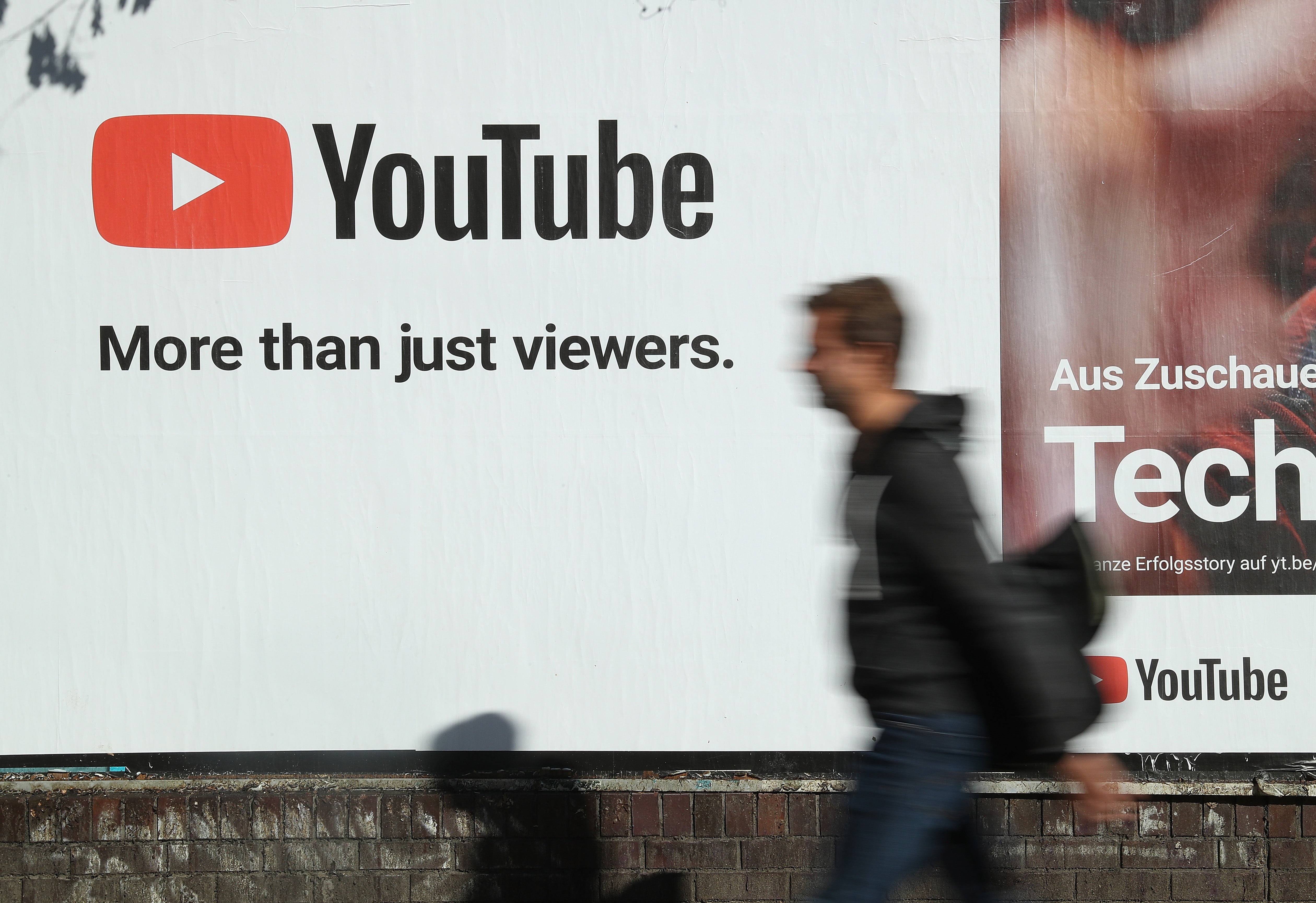YouTube launches ‘supervised’ mode for parent-controlled viewing, but says system ‘will make mistakes’
YouTube says its moderation system ‘will make mistakes and will continue to evolve over time’

Your support helps us to tell the story
From reproductive rights to climate change to Big Tech, The Independent is on the ground when the story is developing. Whether it's investigating the financials of Elon Musk's pro-Trump PAC or producing our latest documentary, 'The A Word', which shines a light on the American women fighting for reproductive rights, we know how important it is to parse out the facts from the messaging.
At such a critical moment in US history, we need reporters on the ground. Your donation allows us to keep sending journalists to speak to both sides of the story.
The Independent is trusted by Americans across the entire political spectrum. And unlike many other quality news outlets, we choose not to lock Americans out of our reporting and analysis with paywalls. We believe quality journalism should be available to everyone, paid for by those who can afford it.
Your support makes all the difference.YouTube is launching a “supervised” version, acting as a middle-ground between the video site’s YouTube Kids setting and its main site.
A new beta will be launching for parents, who can allow access for their kids via a supervised Google account.
The company will disable in-app purchases, creation, and comment features - although YouTube says that over time these features could be added through an “age-appropriate” approach.
“We’ve heard from parents and older children that tweens and teens have different needs, which weren’t being fully met by our products”, YouTube’s James Beser, Director of Product Management, said in a statement.
“As children grow up, they have insatiable curiosity and need to gain independence and find new ways to learn, create, and belong.”
The supervised Google account gives parents a choice of three settings for children. These are “Explore”, “Explore More”, and “Most of YouTube”.
These settings are generally tied to age ratings, with the first being set at 9+, the second for 13+, and the third contains “almost all videos on YouTube, except for age-restricted content”.
YouTube says that its moderation system will use “a mix of user input, machine learning and human review” to determine which videos are suitable based on age ratings, but also says that it “will make mistakes and will continue to evolve over time.”
YouTube’s admission of potential failures in its system comes off the back of numerous breaches of the security of the YouTube Kids app over time.
In February 2019, videos showing children how to harm themselves were found in the YouTube Kids section. Internet trolls also spliced children’s TV content with a clip encouraging self-harm.
One month later, YouTube had to block comments on videos featuring children because of a “risk of attracting predatory behaviour” following an outcry over paedophiles’ use of the platform to share content.

Join our commenting forum
Join thought-provoking conversations, follow other Independent readers and see their replies
Comments